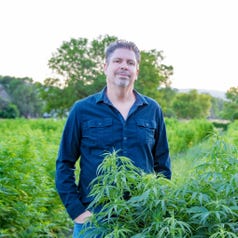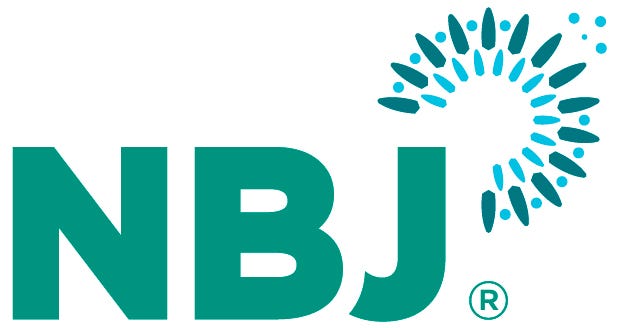April 13, 2024

As the producer behind NoCo Hemp Expo, the Southern Hemp Expo and the Winter Hemp Summit, Morris Beegle has an up-close view of all aspects of the hemp and CBD markets and supply chains. He also operates his own hemp product brands, including Silver Mountain Hemp Guitars, Tree Free Hemp Paper and Printing and One Planet Hemp, for apparel, posters and accessories. We talked to him about changes and challenges in the hemp supply chain.
Five years ago, the CBD hysteria made hemp look like a bonanza for U.S. farmers. Where are we today?
Morris Beegle: If only things looked as promising today as they did then. Unfortunately, the CBD market had the bottom fall out of it due to overproduction in 2019 and 2020, coupled with the lack of FDA guidance on regulation regarding CBD as a dietary supplement and food/beverage additive. Market prices crashed, and big companies and investors remained on the sidelines due to regulatory uncertainty. This significantly impacted farmers and caused many of them, as well as other operators, to exit the industry. It also created the catalyst for the Intoxicating Hemp Derivatives [IHDs include delta-8 and other compounds] market that popped up all over the U.S., which did assist in alleviating the excess CBD biomass and isolate market that had built up. However, that has only added to confusion and regulatory challenges for the industry.

What are the U.S. farmers who stayed in hemp successfully doing?
MB: Those that are still in the industry and have weathered the storm are finding more demand today for cannabinoid material, and there is an increased demand for both fiber hemp and grain hemp, the more traditional path we expected when hemp was reintroduced to the U.S. via the 2014 Farm Bill.
What does the landscape look like for U.S. processors right now, and what are companies doing to be successful there?
MB: Many of the cannabinoid extraction processors have consolidated or gone out of business. Many have also pivoted to include the IHDs and other novel cannabinoid products that have been developing in the market. We have seen several hemp fiber processing facilities emerge over the last three to four years, and that trend will most likely continue for the foreseeable future, along with processing for hemp grain in terms of hemp hearts, hemp seed oil, hemp protein powder and hemp cake, and other hemp ingredients for the animal feed markets.
Five years ago, there was talk of competition from international growers. Has that materialized?
MB: Not really. Canada still dominates the hemp grain markets, and Europe dominates the nonwoven fiber markets. You’ll see the U.S. cut into those areas over the next five years. China and Asia dominate the textiles market, which probably won’t change much outside of Mexico and Latin America looking to take some of that. As to cannabinoids, the U.S. will continue to be a major player until Latin America and Asia fully ramp up and can provide significantly cheaper options without losing any quality.
We still hear talk about CBG, CBN and other cannabinoids as promising for commercial development. How might that impact the supply chain?
MB: Those cannabinoids are already here and are gaining traction. I think CBG, in particular, shows tremendous promise, not only as an ingestible compound for supplements and nutraceuticals but potentially as an industrial-focused compound that appeals to synthetic chemists who are looking for bio-renewable alternative feedstocks to replace petroleum (oil) in multiple applications.
What is the state of the hemp supply chain in terms of quality compared to five years ago?
MB: Like with most things, time provides the ability to develop new technologies and improve efficiencies. That is the case with the hemp supply chain as well. Product quality across all hemp categories has improved. Technology is evolving. Prices are stabilizing. As tough as it’s been over the last four to five years, the industry is in a position to really expand if certain regulatory and policy initiatives happen. That is the big “if.” It does come down to policy and regulation. Up until this point, that has been the single biggest obstacle to a robust and thriving hemp industry.
This article originally appeared in NBJ's Supply Chain Issue. For more insights into the supplement market, subscribe to Nutrition Business Journal.
You May Also Like



